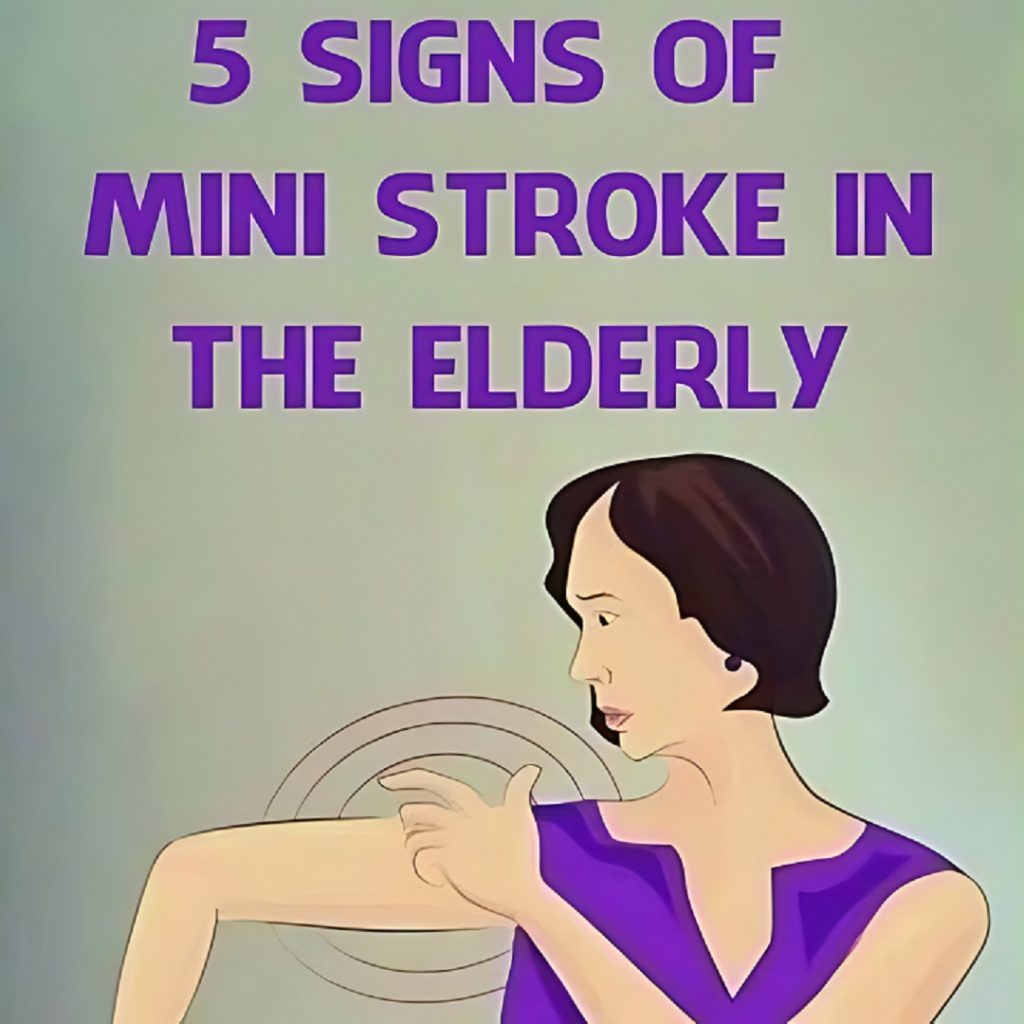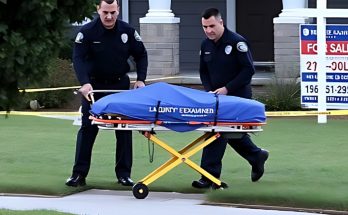Are you noticing unusual changes in your elderly loved one’s behavior or health? It might be more serious than you think. What appears as a momentary lapse in movement or speech could actually be a mini-stroke, medically known as a transient ischemic attack (TIA).
TIAs happen when blood flow to the brain is briefly interrupted—often caused by a small blood clot, plaque buildup, or narrowing of the arteries. While the symptoms may fade quickly, the risks are real. Seniors, especially those with high blood pressure, diabetes, high cholesterol, or a history of smoking, are particularly vulnerable.

Know the Signs of a Mini-Stroke:
- Sudden numbness or weakness, especially on one side of the body
- Confusion or trouble speaking and understanding others
- Sudden vision problems in one or both eyes
- Dizziness, loss of balance, or trouble walking
- Severe headaches with no clear cause
If any of these symptoms appear—even for a short time—don’t wait. Seek emergency medical attention immediately.
What You Can Do
Treatment often involves blood thinners or antiplatelet medications to reduce the risk of future strokes. Just as important are lifestyle changes:
- Eat a heart-healthy diet
- Stay physically active
- Quit smoking
- Manage chronic conditions with your doctor’s help
Remember: A mini-stroke is a serious warning sign. Taking action now could prevent a major stroke later. Stay informed, stay alert, and always consult a healthcare provider if you’re concerned.
Many people believe strokes occur without warning, but in some cases, the body gives advance signals — sometimes even weeks before the actual event. Recognizing these early signs can be life-saving and prevent long-term damage. One common early symptom is weakness or numbness on one side of the body, such as tingling in the arm, leg, face, or hand. While easy to dismiss as fatigue or a pinched nerve, it could mean reduced blood flow to the brain.
Sudden changes in vision, like blurriness, double vision, or brief blindness in one or both eyes, can also be warning signs that a stroke may be imminent.These changes might come and go, which is why they’re often ignored. Severe headaches that feel different from your usual ones—especially when paired with nausea, neck stiffness, or sensitivity to light—can also indicate an oncoming stroke.
Other symptoms include dizziness, loss of balance, or difficulty walking. If you feel unusually unsteady or like the room is spinning, don’t brush it off. Transient ischemic attacks (TIAs), also known as mini-strokes, produce stroke-like symptoms but usually resolve quickly. They are major red flags that a full stroke could soon follow. Difficulty speaking or understanding speech is another early symptom—slurred words, trouble forming sentences, or sudden confusion should raise immediate concern.
Shortness of breath without a clear cause may also point to an increased stroke risk, particularly if it occurs with other symptoms. Being aware of and acting on these early warning signs is critical. Even if symptoms disappear, don’t wait—get medical help right away. Early treatment can significantly reduce the risk of serious brain injury and improve recovery chances. When it comes to stroke, fast action can save not just a life, but a person’s ability to live fully



